RAW Nutrition is a brand known for its intensity – mirroring the intensity that 4-time Mr. Olympia champion Chris Bumstead brings to every competition.
After all, RAW is his baby. It makes sense that the child would take after the father. This year, RAW has undergone a makeover – ditching their old paper bag packaging, RAW has taken a cleaner, minimalist approach to things. As a result, their work on flavors and formulas has really been given an opportunity to shine. As evidence of this, RAW has released a version of their Thavage pre-workout that is so intense – so extreme – that they're convinced you'll only be able to handle it for a limited time. We'll let you decide if they're right.
CBUM Thuper Thavage
The original Thavage pre-workout is certainly nothing to sneeze at. Built on top of scientifically-backed dosages of top-tier ingredients like citrulline, betaine, taurine, and Nitrosigine, Thavage is a force to be reckoned with.
Added Ingredients Beyond Thavage
Well, with the single-batch release of Thuper Thavage, that force is more like a tsunami. We're talking a double dose of beta alanine, citrulline, and taurine – along with around 25% more caffeine. Not only that, but we have some new ingredients in the mix:
- 5g Creatine Monohydrate
- PeakO2
- Juniper Berry
- Beet Root
- Theobromine
- Alpha yohimbine (2.5mg!)
With this formula, RAW has built a veritable pre-workout goliath. We're going to get into the nitty-gritty details of Thuper Thavage's formula, but first let's check PricePlow for RAW deals, along with our video review of the product:
RAW Nutrition Thuper Thavage Pre-Workout – Deals and Price Drop Alerts
Get Price Alerts
No spam, no scams.
Disclosure: PricePlow relies on pricing from stores with which we have a business relationship. We work hard to keep pricing current, but you may find a better offer.
Posts are sponsored in part by the retailers and/or brands listed on this page.
Thuper Thavage Ingredients
In a single 1-scoop (31.4 gram) serving of Thuper Thavage from RAW Nutrition, you get the following:
-
Beta-Alanine – 6,400 mg
The ergogenic amino acid beta-alanine has been a popular addition to pre-workout formulas for over a decade now.
When combined with the amino acid L-histidine, which is abundant in common foods, beta-alanine forms carnosine, a compound that helps remove lactic acid from your muscles.[1]
Since the buildup of lactic acid causes muscular fatigue, accelerating the clearance of lactic acid through carnosine helps improve athletic endurance by delaying fatigue onset. Sports research has repeatedly demonstrated that beta-alanine supplements can increase time to exhaustion[2,3] and power output,[4] and improve body composition when taken long-term.[5]
Two meta analyses that examined beta-alanine supplementation in the context of a variety of athletic events found that a daily dose of 3.2 grams of can significantly improve endurance during exercises lasting between 30 seconds and 10 minutes in duration – that is, conducted at an intensity that can be sustained for this period of time.[1,2]
But notice that we have twice that dose in Thuper Thavage!
Evidentiary support for the 6.4-gram dose of beta-alanine
Need even more for off-days?! Raw Nutrition has a new Beta Alanine supplement, but it's no ordinary BA supp -- it also has L-Histidine and added electrolytes in phosphate form!
Some studies indicate that beta-alanine works by helping muscles reach carnosine saturation[6] in the same way that supplemental creatine helps them reach creatine saturation. Logically, then, we might reach the saturation point faster by increasing the dose – and that's exactly why the industry has been trending toward widespread adoption of the 6.4 grams you see in Thuper Thavage.
Two studies have shown that 6.4 grams is enough to double muscle carnosine levels in just 2 to 4 weeks,[7,8] which is in line with running a whole tub of Thuper Thavage.
An additional two studies showed that 179 grams of beta-alanine, taken over 28 days – which works out to 6.4 grams per day – can significantly improve athletic endurance.[9,10]
-
L-Citrulline 6,000 mg
Citrulline, another amino acid, is the industry's go-to nitric oxide (NO) boosting ingredient.[11] It's safe, cheap, and effective.
Citrulline's role in the urea and the nitric oxide cycles make it important for performance and recovery.[12]
As you can see from our inset chart, the amino acid arginine is actually a direct precursor to NO, while citrulline is a precursor to arginine. However, because arginine's oral bioavailability is low, citrulline supplementation is a more effective strategy for boosting blood arginine levels.[13,14]
By upregulating NO, citrulline triggers a phenomenon called vasodilation, in which your blood vessels expand in diameter. This leads to better circulation, lower heart rate, and decreased blood pressure,[15-17] which means you can work harder at the same level of cardiovascular stress.
Also, a boost in circulation can increase the efficiency of nutrient delivery to your cells, and of metabolic waste removal. These can all improve several dimensions of athletic performance, particularly endurance, while speeding up recovery.
Studies have shown that citrulline can:
- Increase power by improving oxygen utilization[18]
- Prolong athletic endurance by as much as 50%[19]
- Reduce muscular soreness following a workout[19]
- Upregulate growth hormone (GH), an anabolic hormone[20]
- Inhibit protein catabolism[21]
- Increase protein synthesis[22,23]
Another double dose!
Note that Thuper Thavage is, again, using twice the standard dose of citrulline – 6,000 milligrams, as opposed to the 3,000 milligrams that has long been the standard. This is definitely a good thing since the benefits of citrulline are dose-dependent.[24]
-
Creatine Monohydrate – 5,000 mg
Creatine monohydrate is probably the most validated sports supplement in existence. It's no exaggeration to say that hundreds of high quality peer-reviewed studies have shown that creatine supplementation can improve several dimensions of athletic performance.
Creatine works by improving muscles' ability to produce adenosine triphosphate (ATP).[25-29] Since ATP is the form of energy your cells actually use, this means creatine supplementation can increase the energy supply cells have at their disposal to carry out all the metabolic tasks involved in athletic performance.
Studies show that creatine can improve:
- Muscular power[30,31]
- Lean mass gains[32-37]
- Sprint speed[38-40]
- Cellular hydration[41]
- Feelings of fatigue[42-45]
- Feelings of well-being[46-49]
- Cognitive performance[50,51]
- Testosterone production[52-56]
- Bone density[57]
Vegans and vegetarians seem to benefit the most from creatine supplementation – especially cognitively – since meat is the best dietary source of creatine.
However, many meat eaters don't get enough creatine from their diet. While the average American man consumes only 1 gram of creatine per day from food,[58] he eliminates about 2 grams.[49,59,60] And although your body can make its own creatine to cover the shortfall, it's a metabolically expensive process.
-
Betaine Anhydrous – 2,500 mg
Betaine, also known as trimethylglycine (TMG), is another potent ergogenic aid.
A landmark 2013 study showed that 2.5 grams of betaine every day can have profound effects on body mass and strength[61]
Like creatine, it works by increasing your body's ability to produce ATP.[62] However, while creatine is a phosphate donor, betaine is a methyl donor,[63] meaning it helps ferry methyl groups to the sites of methyl-consuming metabolic reactions in your body. And, as it turns out, betaine is one of the most effective methyl donors identified by supplement science.[64]
Methylation, your body's ability to add methyl groups to various molecules, is key for keeping blood homocysteine levels in a healthy range.[65] This is really important since homocysteine is a huge risk factor for cardiovascular disease (CVD), including heart attack and stroke.[66]
Cellular hydration
Betaine is also, like creatine, an osmolyte, meaning it forces a higher-than-normal amount of water into your cells by manipulating the osmotic pressure around your cells.
With that extra water comes extra nutrients and fuel, which can protect your cells against metabolic stress[61,67] and heat shock.[68,69]
Studies show that betaine can improve:
- Strength[70,71]
- Power[70-72]
- Body composition[61,73]
One particularly interesting study found that 2,500 milligrams of betaine, taken daily for six weeks, can cause 5 pounds of muscle gain and 6 pounds of fat loss. This shakes out to a 3% decrease in body fat.[61,73]
Another study from 2018 found similar results. Collegiate women who took betaine during a weightlifting program lost 4 pounds more body fat than the control group.[74]
-
Taurine – 2,000 mg
Taurine is a conditionally essential amino acid that naturally accumulates in heart, eye, brain, and muscle tissue.[75] Supplemental taurine has been shown to increase muscular power and prolong athletic endurance,[76,77] decrease oxidative stress, and improve insulin sensitivity.[78]
Taurine can also have impressive cognitive benefits, thanks to its neurotransmitter-like properties. It has inhibitory effects in the central nervous system by mimicking the neurotransmitter GABA,[79-83] helping oppose the action of excitatory neurotransmitters like glutamate. No surprise, then, that taurine can help you feel relaxed[84] while improving focus, learning, and memory.[85,86]
Taurine is one of the most abundant amino acids that helps draw water and nutrients into muscles that helps with endurance but also doubles as a focus booster
Taurine also has significant anti-anxiety effects.[87-89]
This means taurine can synergize with caffeine, by helping oppose the excitatory, pro-glutamate effects the stimulant has on the brain.[90] This means you can get the upside of caffeine with significantly less of the downside.
More double-dosing action
RAW is really pulling out all the stops with Thuper Thavage – yet again we have a 2,000 milligram dose, which is twice the 1,000 milligrams that's been repeatedly validated by research,[77] and is the most common dose in the industry by far.
-
Mushroom Blend – 1,000 mg
PeakO2 is a proprietary blend of medicinal mushrooms with adaptogenic properties. Thanks to their wide-ranging effects on human physiology, the mushrooms in PeakO2 can help fight inflammation, oxidative stress, fatigue, sexual dysfunction, and even some of the effects of aging.[91,92]
One of its most interesting benefits, though, can be found in the name. This combination of mushrooms can improve your body's ability to use oxygen during exercise, which translates into improved VO2max, endurance, and power.
The PeakO2 Mushroom blend is led by cordyceps militaris, which we argue is more consistent than cordyceps sinensis.
Peak O2's effect on aerobic capacity
Most of the research on PeakO2 deals with significantly larger doses than what's used in Thuper Thavage.For example, a 2015 randomized-controlled study found that 4 grams of PeakO2, taken daily, led to higher peak power, VO2max, and time to exhaustion, while a placebo group saw no change in any of these parameters.[93] A followup study by the same team in 2016 replicated these results.[94]
When it comes to lower doses, we should look at a 2018 study that had a 2-gram-per-day group and a 4-gram-per-day group. The authors found that although it took longer for the 2 gram/day group, the participants still eventually saw statistically significant improvements in time to fatigue, VO2max, and blood lactate concentration.[95]
Still, we only have a 1 gram dose in Thuper Thavage, but we're guessing the same principle applies: you'll still see some benefit, even if it takes a bit longer to appear. For that reason, consistent supplementation with Thuper Thavage is paramount, should you want to get the most out of this ingredient.
Besides PeakO2-specific studies, the individual ingredients in this blend have been studied extensively:
- Cordyceps: increases exercise tolerance,[94] improves immune function[96]
- Reishi: inhibits 5 alpha-reductase[97] and has anti-estrogenic effects[98]
- King trumpet: increases testosterone,[99] mimics the effects of testosterone[100]
- Shiitake: boosts immunity[101]
- Lion's mane: antioxidant, anti-lipidemic, neuroprotective, neuroregenerative[102-104]
- Turkey tail: anti-oncogenic, pro-immunity[105,106]
-
Agmatine Sulfate – 1,000 mg
Agmatine inhibits arginase, the enzyme responsible for breaking down arginine in your blood.[107] Agmatine has the same effect as citrulline, but from a different angle. Instead of increasing your body's production of arginine, agmatine keeps the arginine you have active for longer. The effect is the same: higher arginine blood levels, and thus, increased NO production and vasodilation.
This synergistic effect between citrulline and agmatine makes their combination a powerful strategy for boosting NO.
To be clear, agmatine does also have a direct effect on NO. It's been shown to upregulate nitric oxide synthase,[108] one of the enzymes responsible for generating NO.
Agmatine can also have neurotransmitter-like effects, which leads to improved mood.[109] Mood boosting is always welcome in a pre-workout, which is something we usually take before a mentally and physically challenging workout.
-
Alpha GPC (Alpha-Glycerol Phosphoryl Choline 50%) – 500 mg
AlphaGPC is a highly bioavailable form of choline, the B vitamin your body uses to build and maintain the phospholipid bilayer membranes that serve as the outer surface of your body's cells.[107] Choline is also needed for many of the cell-to-cell signaling functions that those membranes perform.[110]
You knew it was coming... CBUM's 4 PEAT flavor of Raw Nutrition's Thavage Pre-Workout !
In a pre-workout, the main value of choline is its status as an acetylcholine (ACh) precursor. The importance of ACh is its role in learning and memory,[108] which is why we often refer to it as the learning neurotransmitter. Choline supplementation can improve cognitive function by increasing your body's production of acetylcholine.[109,111]
Choline is also a methyl donor, meaning it can help support your body's regulation of homocysteine, just like betaine can.[112]
AlphaGPC is also great at crossing the blood-brain barrier,[113] which gives it a high degree of activity in the central nervous system.
-
Himalayan Pink Salt – 500 mg
Although it might be surprising because of the putative connection between sodium and high blood pressure, Himalayan pink salt is actually a great ingredient for a pre-workout stack.
The first thing to note about Himalayan salt is that it doesn't just contain sodium .You also get trace amounts of magnesium, potassium, and calcium, which can help replenish your electrolyte minerals and maintain the correct balance.
Ultimately, we need all of these minerals to perform at maximum ability during exercise, – including, and particularly, sodium. An adequate supply of electrolytes impairs muscular contractions.[114]
Himalayan pink salt is an excellent source of electrolytes. Don't fear the sodium!! We need it for optimal training!
The reason this matters for a pre-workout is that you lose a ton of electrolytes in sweat – especially sodium. Failing to replenish the sodium you've lost can impair your ability to perform and recover.[115]
It's also worth noting that the latest meta-analyses on sodium show the lowest risk of cardiovascular disease is associated with sodium intakes between 3 and 5 grams a day.[116] That's sodium, not salt! Compare this healthy range to the 2.3 gram maximum sodium intake recommended by the USDA.
Moreover, it appears that the increase in mortality from exceeding 5 grams of sodium per day is largely confined to people with pre-existing high blood pressure.[116]
If you aren't sure whether you can handle half a gram of sodium, talk to your doctor about it!
-
Caffeine Anhydrous – 400 mg
Caffeine is a methylxanthine stimulant with a high degree of bioavailability in the central nervous system, thanks to its remarkable ability to cross the blood-brain barrier.[117]
As most of us have personally experienced, caffeine can be great for improving mood, sharpening focus, enhancing athletic performance, and generally making you feel more energetic.[118]
Caffeine's anti-fatigue effects are mostly attributed to its action on your brain's adenosine receptors, a byproduct of ATP hydrolysis that accumulates in the brain while you're awake and causes you to feel progressively more tired as it builds up.[119,120]
But caffeine can also energize you in a more direct and literal sense, by cranking up your cellular metabolism. Caffeine does this by inhibiting phosphodiesterase, an enzyme responsible for degrading a messenger molecule called cyclic adenosine monophosphate (cAMP).[118-122] Think of cAMP as an energy on demand hormone – it tells your cells to start burning glucose and fatty acids for energy.
Known since 1991, very high dose caffeine can seriously boost performance.[123] As you can see, it's quite variable amongst users - future research would show that caffeine's effects depend on your genotype.
Caffeine is especially good at burning fat.[124] Some studies have found that caffeine can increase your body's rate of fat burning by an impressive 50%.[125] A 2020 meta-analysis of 19 different studies concluded that this fat burning effect can appear with doses as small as 3 milligrams of caffeine per kilogram of bodyweight.[126]
Other studies have found that caffeine supplementation can enhance multiple dimensions of athletic performance, including strength, speed, power, and endurance.[118,119,121,124,125] Caffeine is widely known as one of the cheapest, safest, and most effective ergogenic aids among nutritional supplements.
When it comes to cognitive performance, caffeine has been shown to improve attention, alertness, reaction time, and working memory.[127-129]
-
Juniper Berry Fruit Extract – 220 mg
Juniper berry can help improve digestive function,[130] helping your body make the absolute most of the food and supplements you consume.
It's also a diuretic, which can help you shed excess water weight.[131]
Additionally, juniper berry can support pancreatic function and improve glycemic control.[131] Be aware, though, that it's possible for juniper berry to lower blood sugar too much. You can prevent this by taking it with food.[131]
-
Beet Root Extract (as RedNite) – 200 mg
Beet root is an excellent whole-food NO booster. It naturally contains high amounts of nitrates, which your salivary glands convert into NO via the nitrate-nitrite pathway.[132,133]
According to a 2013 meta analysis, nitrate supplementation can improve:[134]
- Circulation[136]
- Aerobic efficiency[136-139]
- Strength[140]
- Recovery[134]
- Cellular metabolism[141]
Additionally, beetroot contains betalains — pigments with powerful antimicrobial,[133,138] antioxidant,[133] and anti-inflammatory[133] effects. Betalain can also improve metabolic health. In one study where diabetic mice were given a betalain supplement, their high blood glucose levels dropped by 40%.[136]
Beets also contain lots of quercetin, a flavonol that has its own benefits for glycemic control and cellular metabolism.[137] One of quercetin's mechanisms is inhibition of glucose transporter 2, which prevents the body from absorbing dietary carbohydrates.[137]
-
L-Theanine – 200 mg
Theanine is an amino acid that's found in Camellia sinensis, also known as tea. Note that this is true tea – the plant from which we get white, green, oolong, and black teas.
Theanine behaves like a neurotransmitter[142] and has relaxing, anxiolytic effects that are rooted in its inhibitory effects on neurons.[143-145] The best part is that theanine accomplishes this without causing sedation – truly the best of both worlds.
The combination of theanine and caffeine has synergistic effects on mood and cognition, as theanine can help take the edge off the caffeine buzz.
In a groundbreaking 2008 study, researchers who tested caffeine, theanine, and the combination of the two found that the combo was better than either ingredient alone at increasing mental accuracy, fighting fatigue, improving reaction times, and expanding numerical working memory. It was also better at improving subject's ability to interpret written texts.[146]
In isolation, theanine can help improve sleep quality and reduce resting heart rate.[147]
The primary mechanism behind all this is theanine's ability to improve the signaling of GABA.[148]
-
Theobromine – 100 mg
Like caffeine, theobromine is a methylxanthine stimulant with vasodilatory effects. However, theobromine is a more potent vasodilator than caffeine,[149] and is also a bronchodilator, meaning it can help open your airways.[150]
Taken from a patent application, this is actually about its antitussive effect, but shows that theobromine certainly lasts a while.
In fact, whereas caffeine increases blood pressure, theobromine can actually decrease blood pressure.[151] Stacking theobromine with caffeine is an increasingly common strategy for giving you caffeine's upsides, without the downsides.[151]
Theobromine is also, like caffeine, a phosphodiesterase inhibitor, meaning it can boost your body's metabolic rate by heightening mitochondrial function and cellular energy production[152,153] though cAMP upregulation.[154]
Theobromine can also boost NO production.[155]
-
Alpha Yohimbine (from Rauwolfia vomitoria Root Bark) – 2.5 mg
Rauwolfia extracts are standardized for rauwolscine, an alkaloid often referred to as alpha yohimbine, thanks to the similarity between the two compounds.
Both can actually be derived from the Rauwolfia plant, although yohimbine is usually sourced from Pausinystalia yohimbe, also known as yohimbe. Yohimbine is an alpha-2 antagonist, so it activates adrenaline and noradrenaline receptors, and also suppresses appetite[156] increases weight loss,[156] and improves focus.[157]
Rauwolscine and yohimbine both prevent fat storage and increase your body's cellular energy production.[158]
Reactions to rauwolscine vary widely – most people feel great, but some might feel anxious and jittery. If you tolerate rauwolscine well, don't ignore the potential benefits it has on metabolism and fat loss.[159]
Thuper Thavage Available Flavors
Try it if you dare
We would not describe Thuper Thavage as a "beginner pre-workout". It's not mild or easy-going. It is the powdery embodiment of intensity. It's packed to the brim with familiar and novel ingredients alike. More citrulline, more taurine, more caffeine.
If you dare see what all the fuss is about, you better act quickly. This is a single batch release – once it's out, it's out (until next year). So if you're looking to stock up on a pre-workout that'll unleash beast mode, now's your chance.
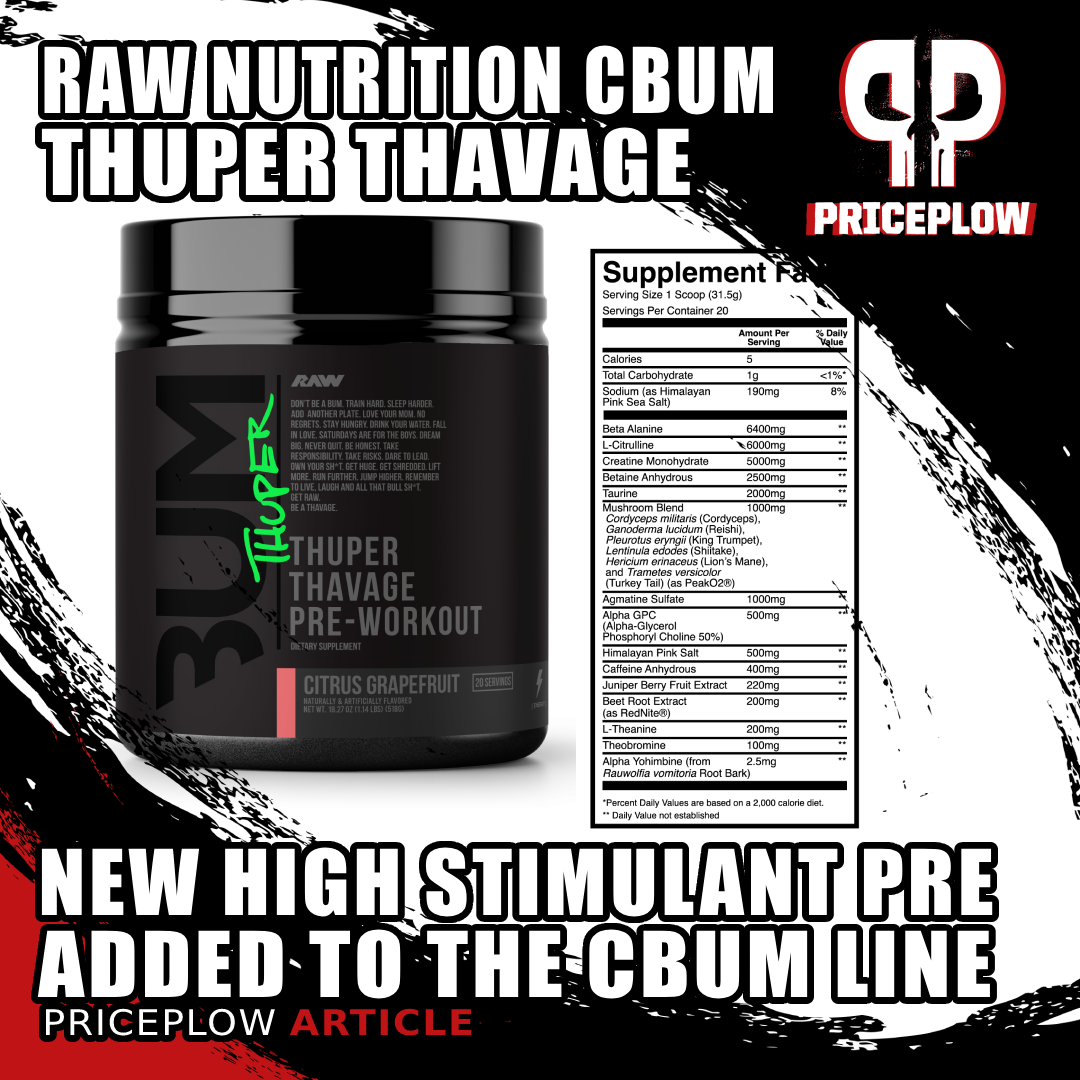
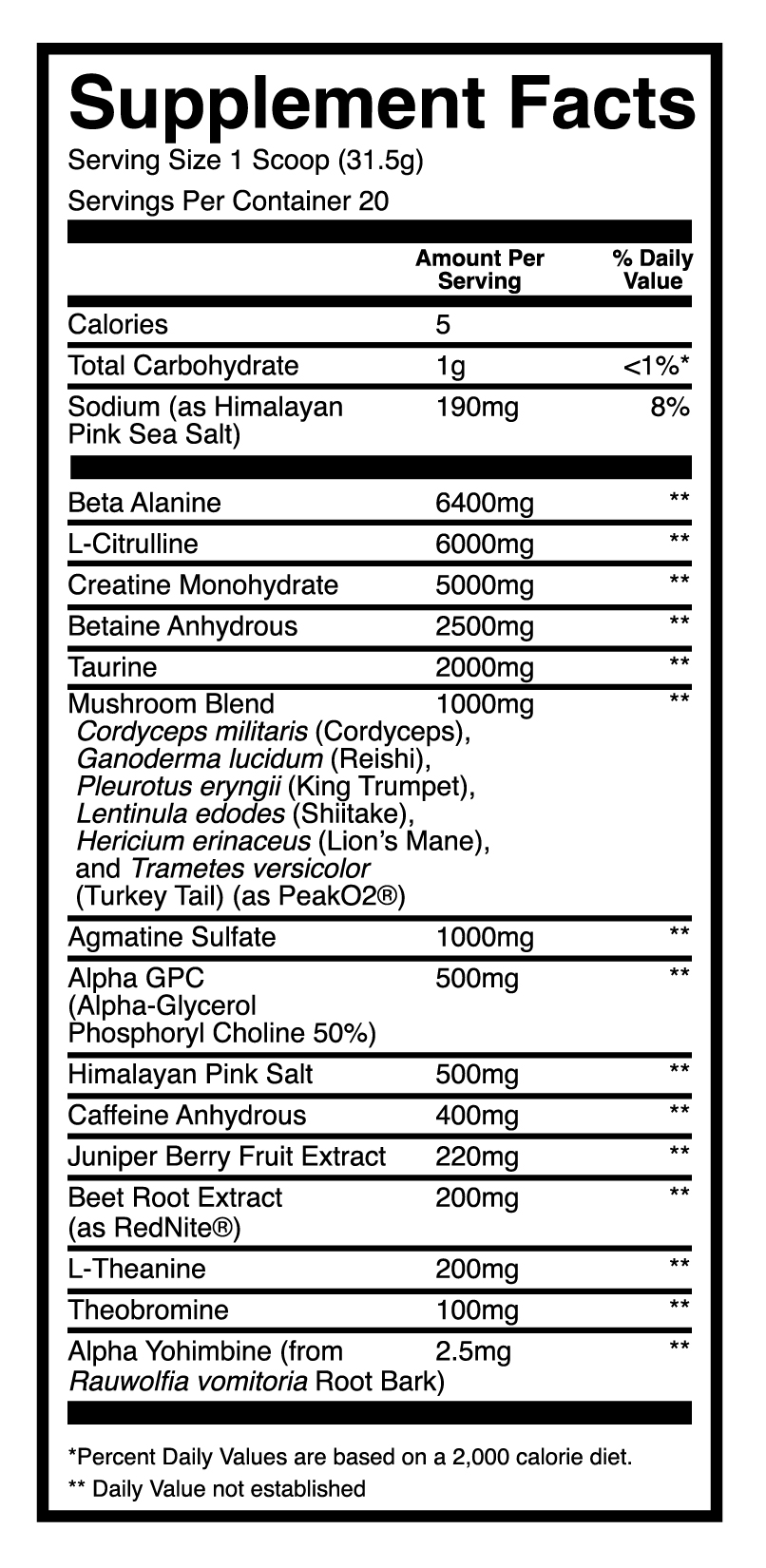
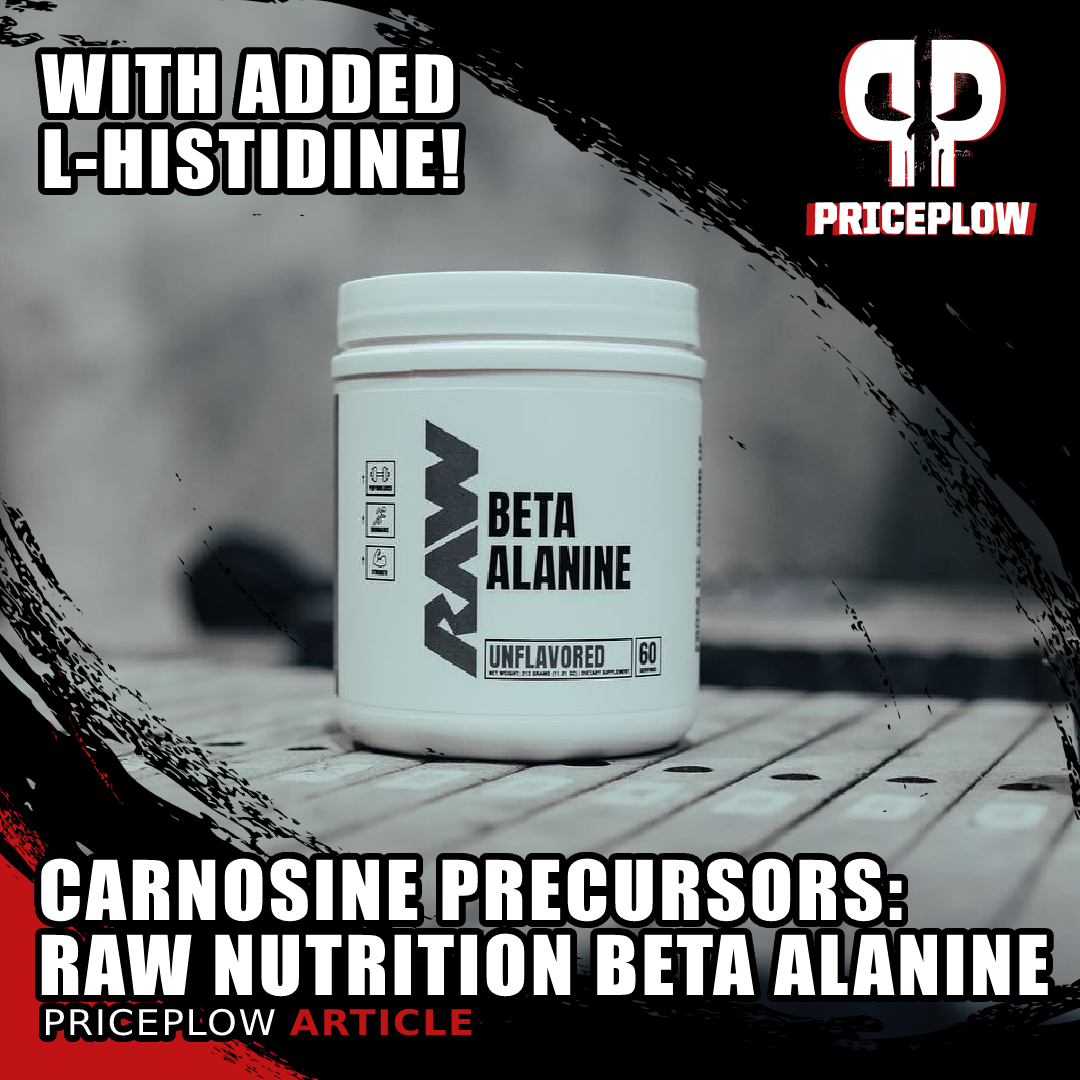
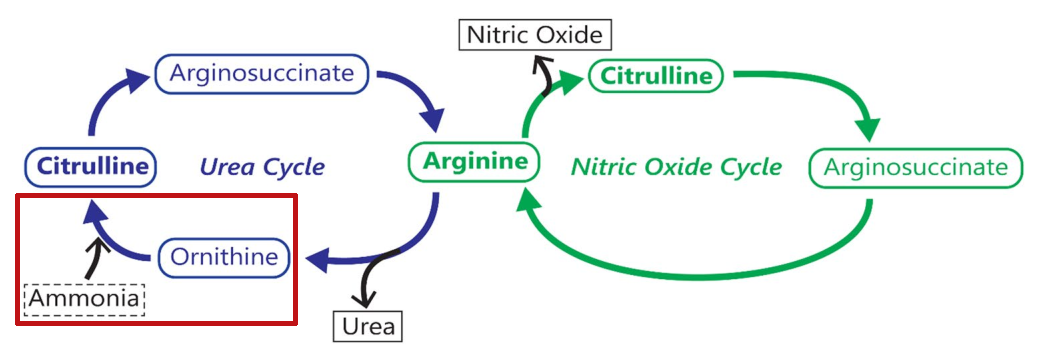
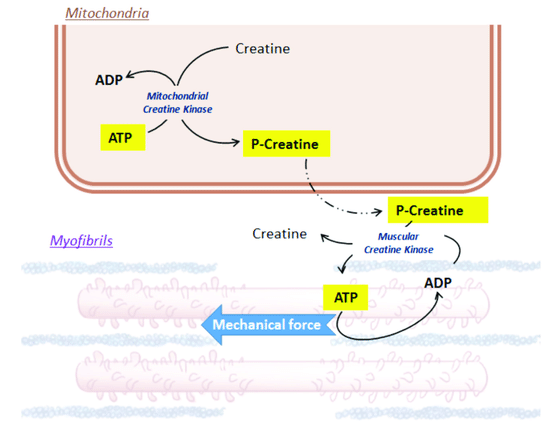

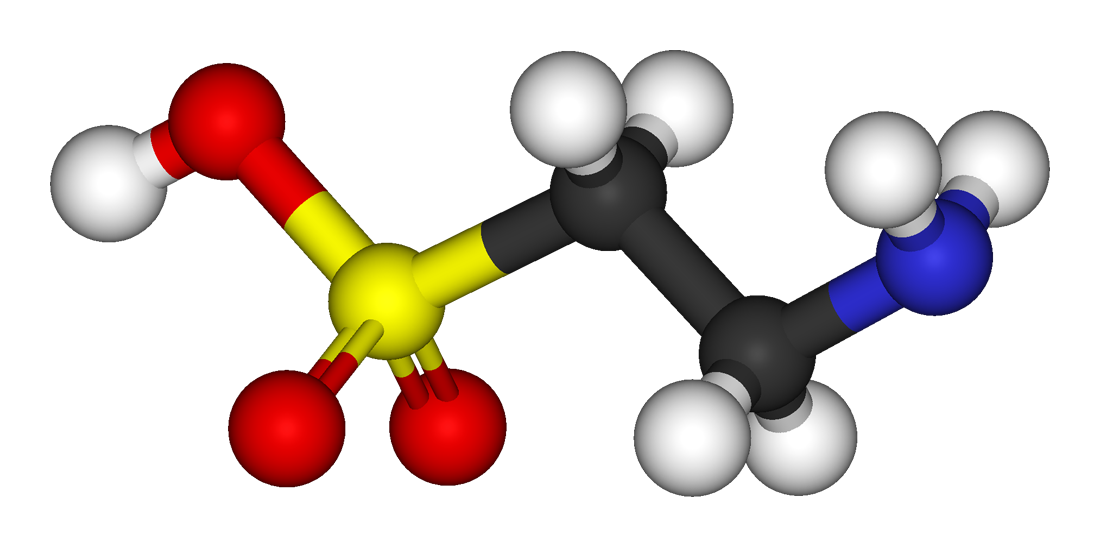
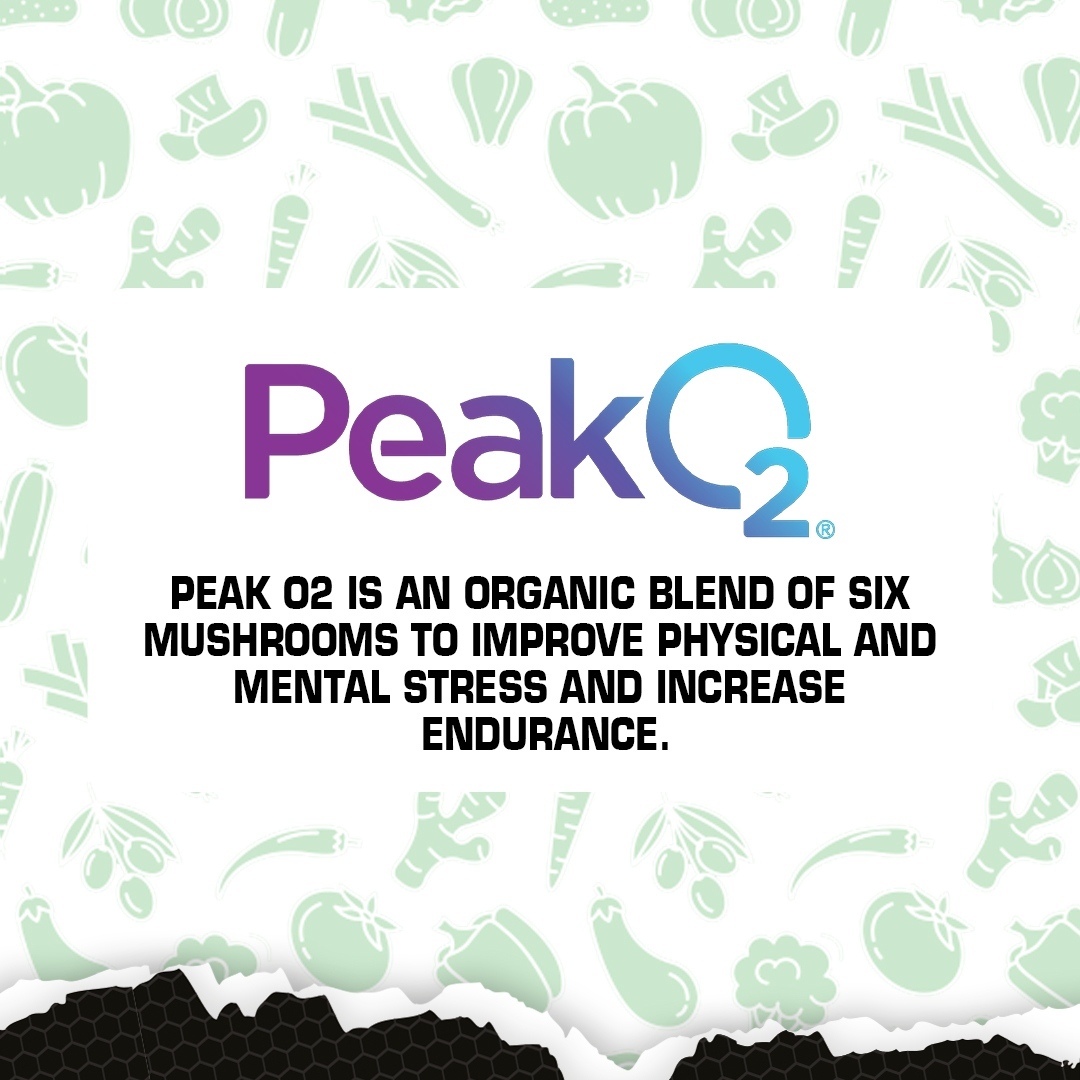
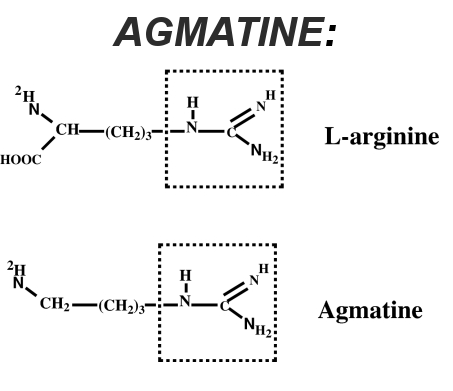
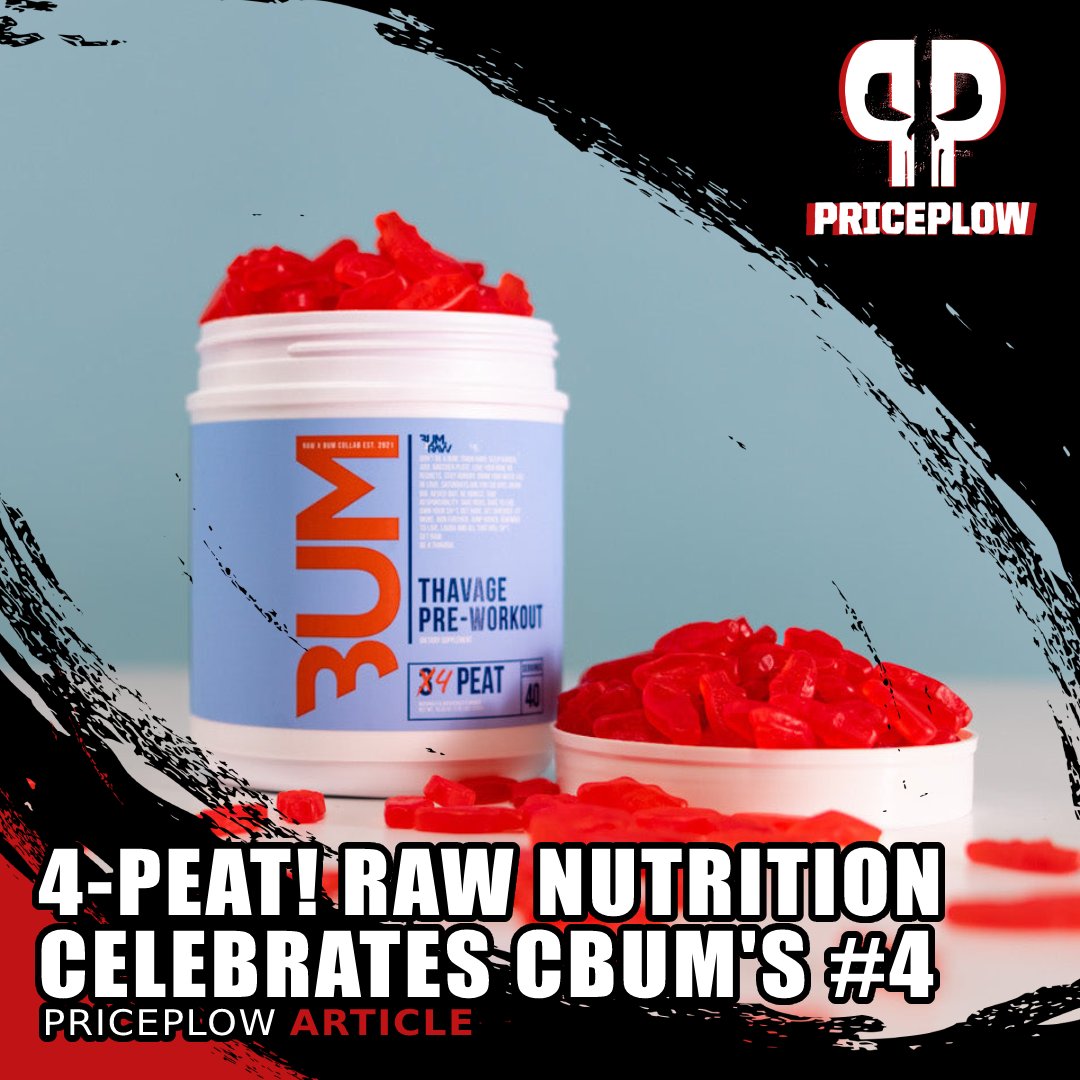
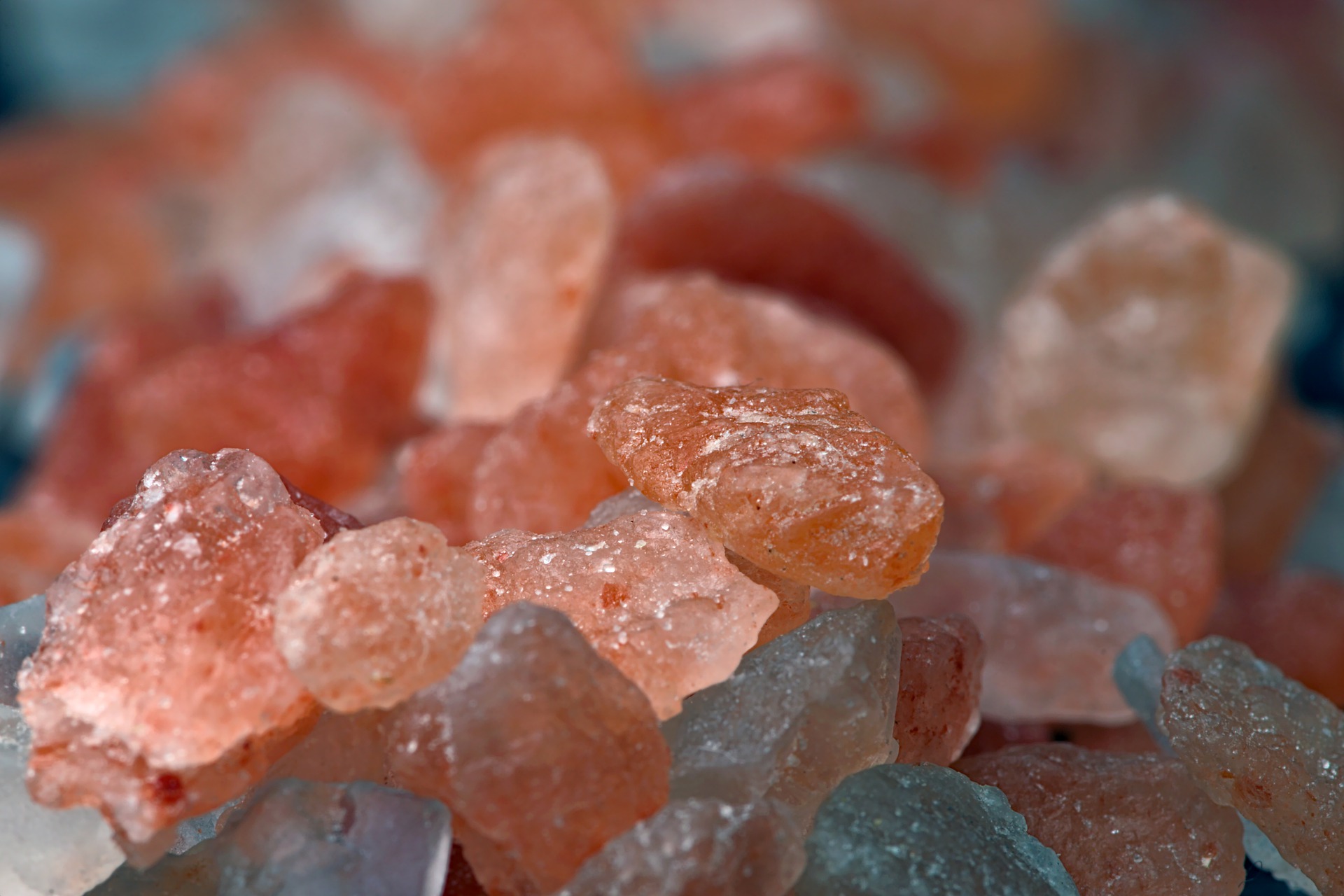
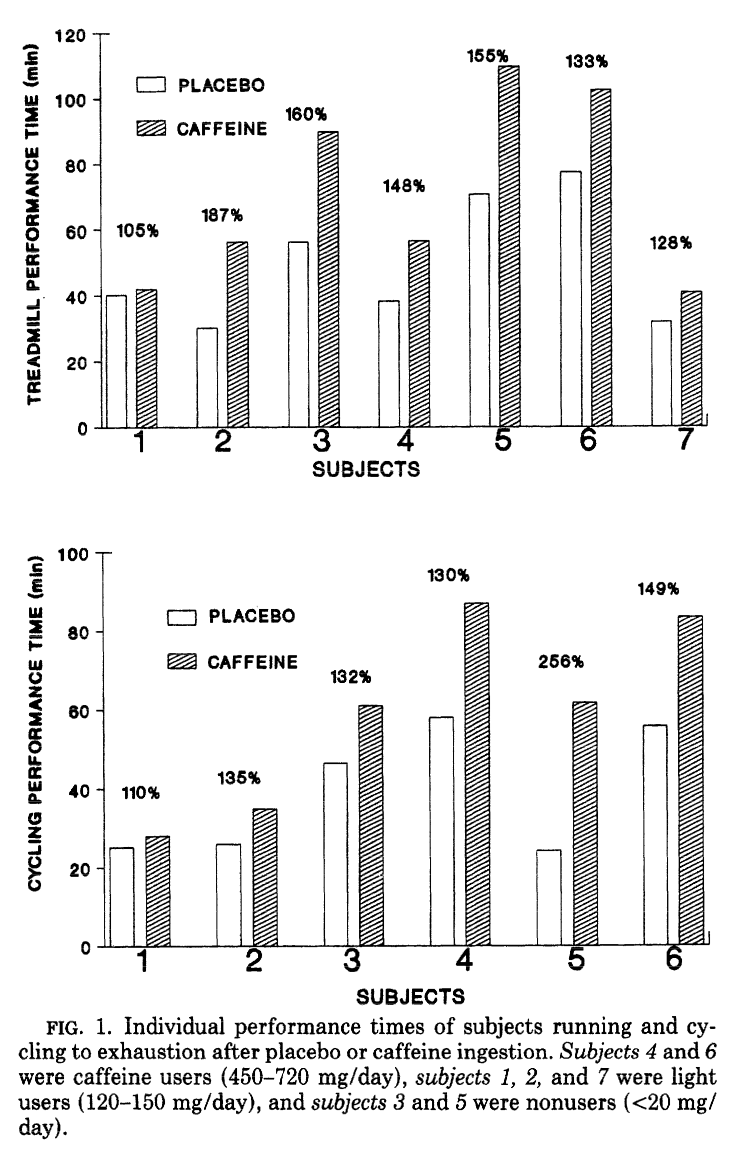
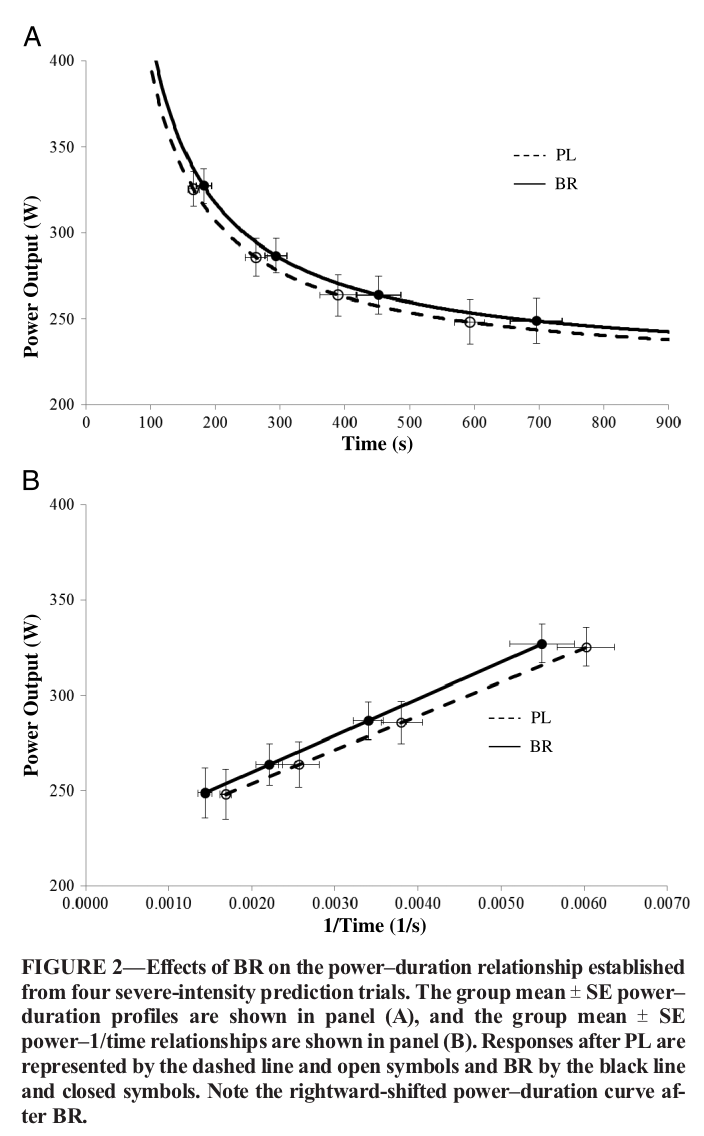
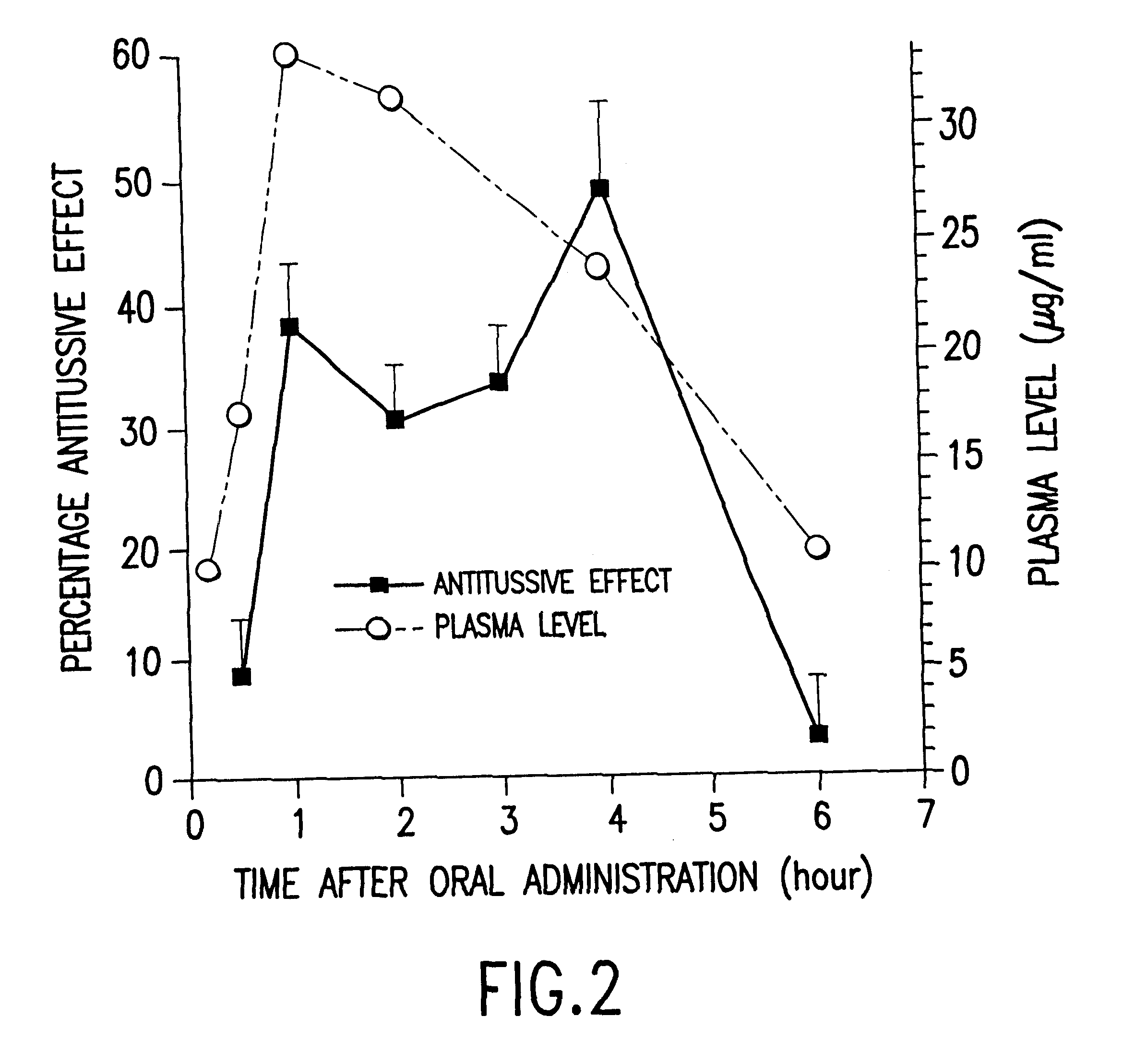
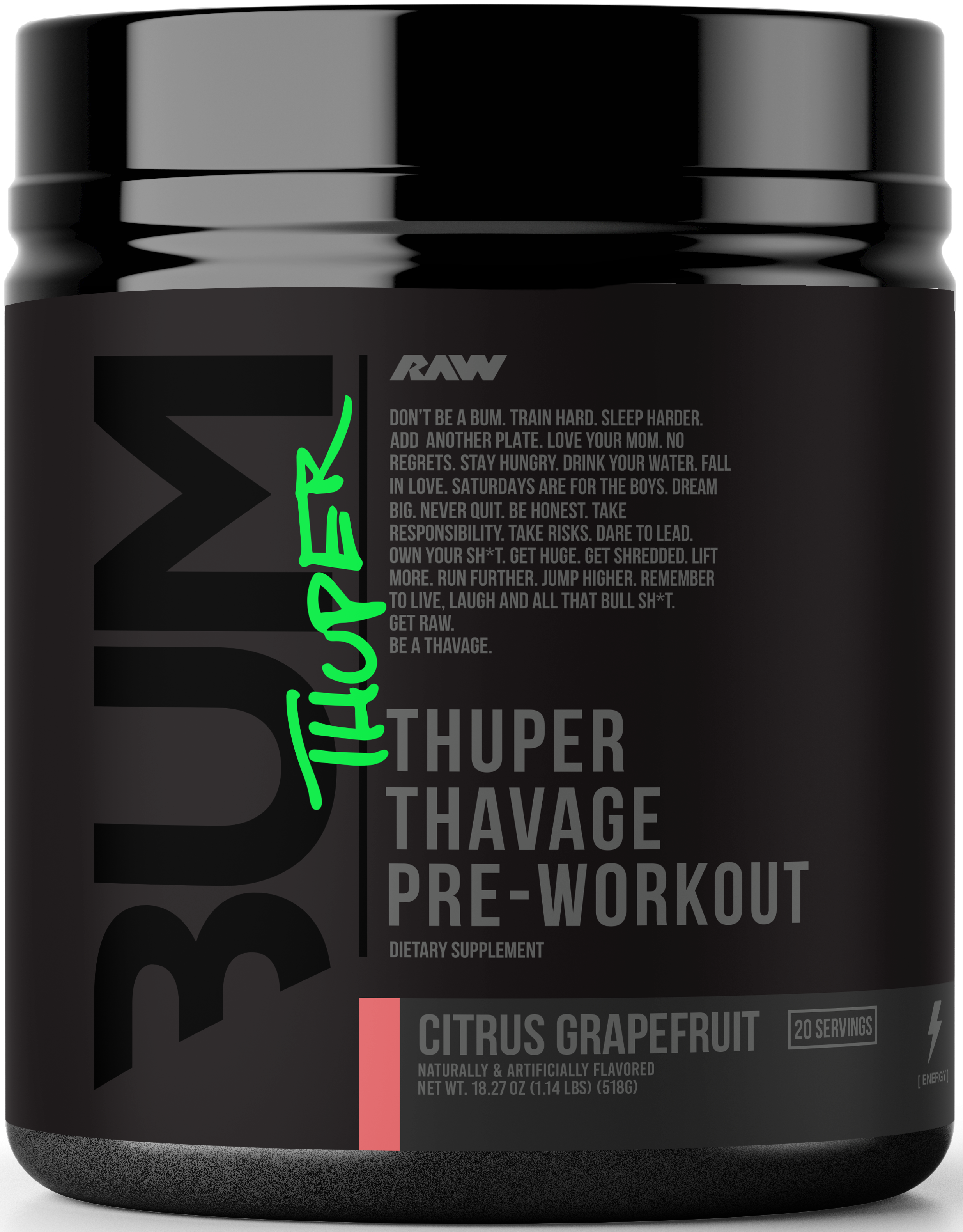


Comments and Discussion (Powered by the PricePlow Forum)